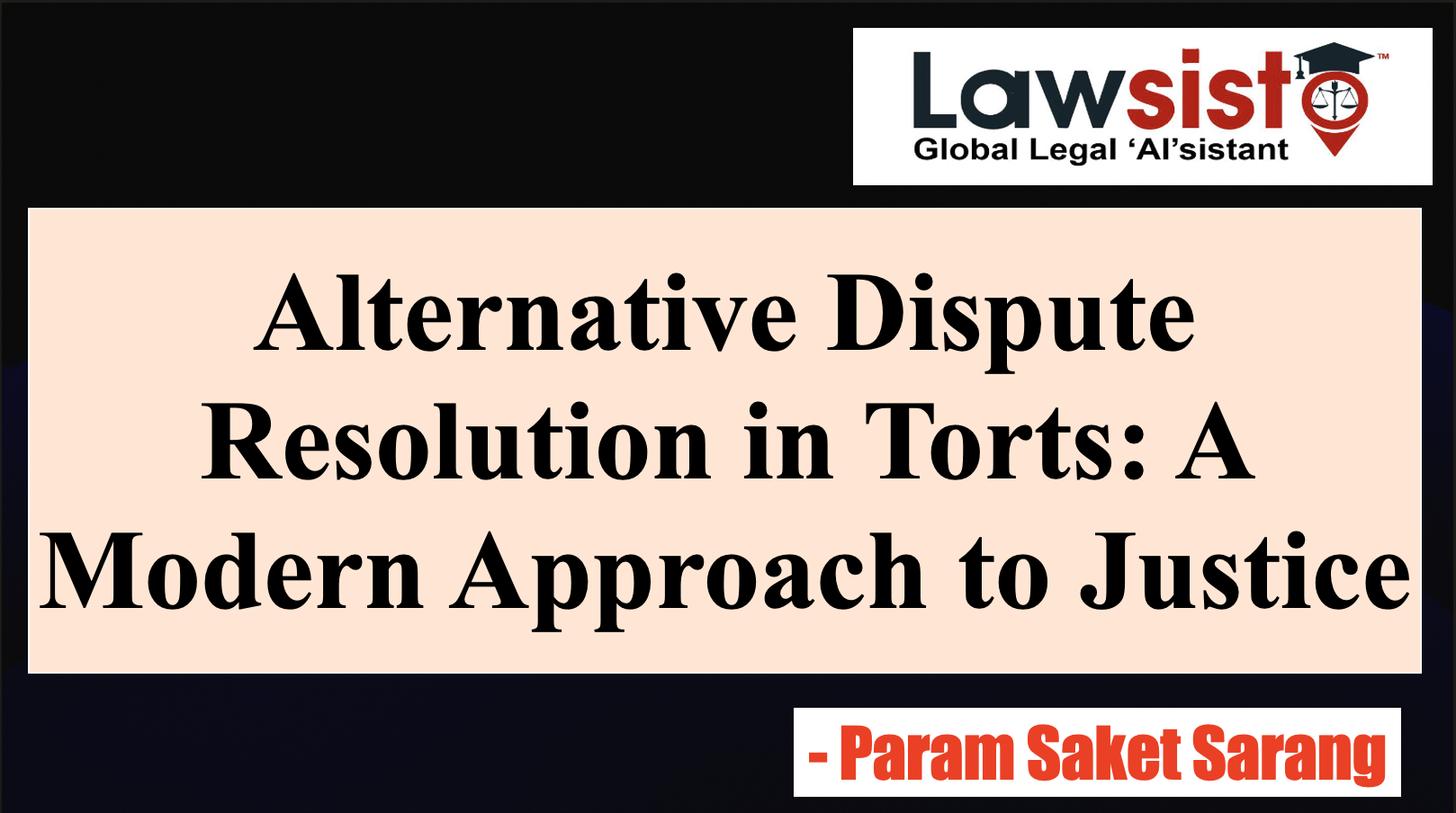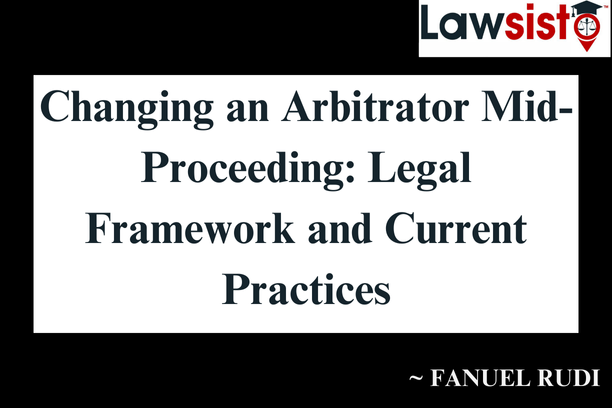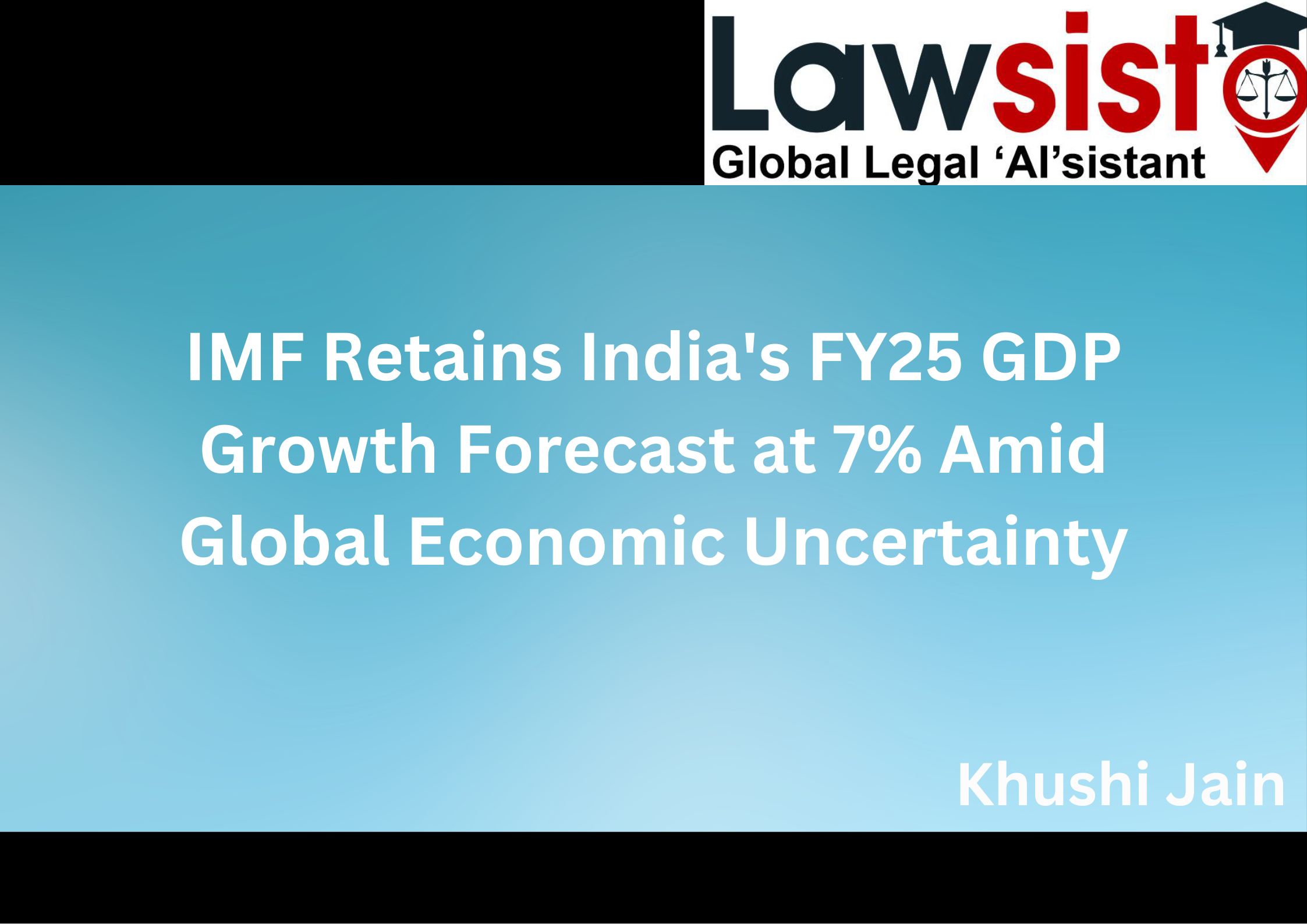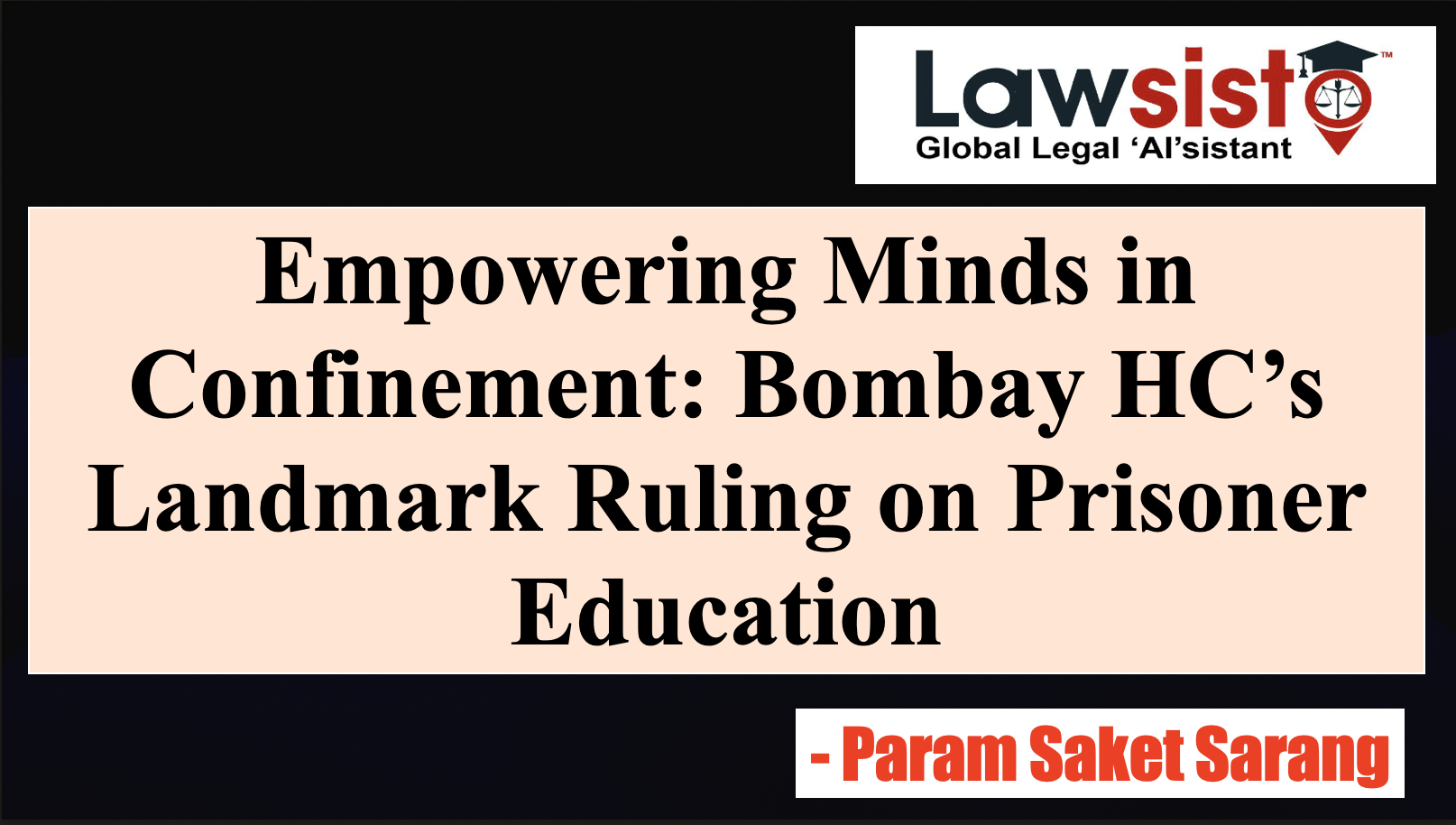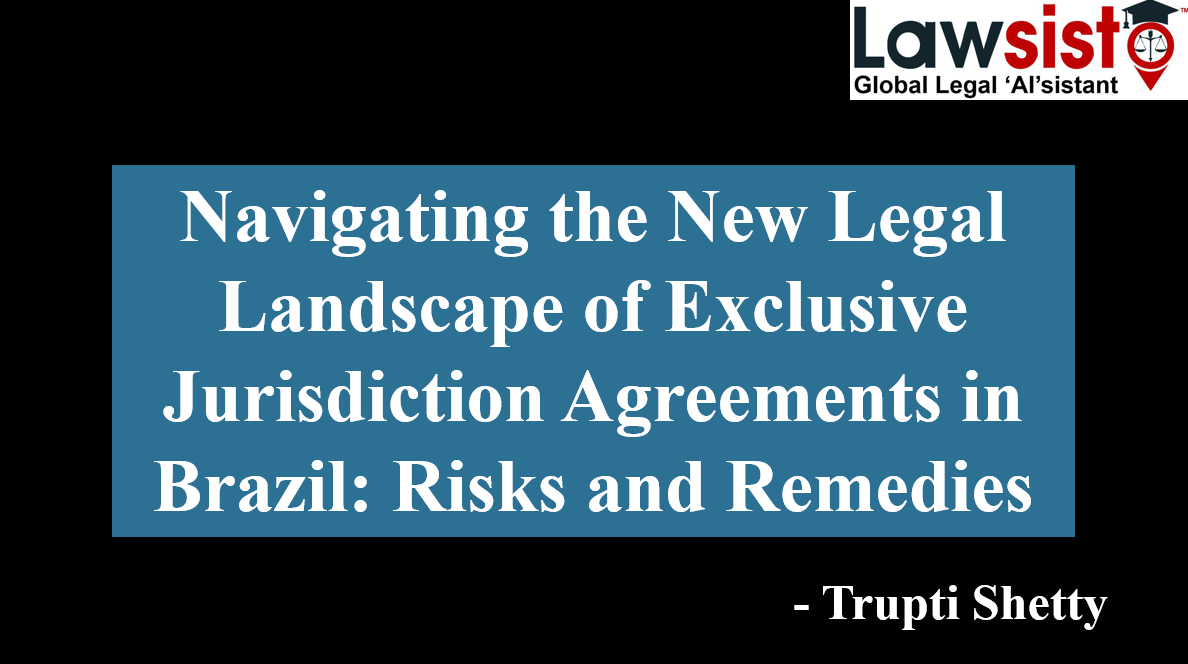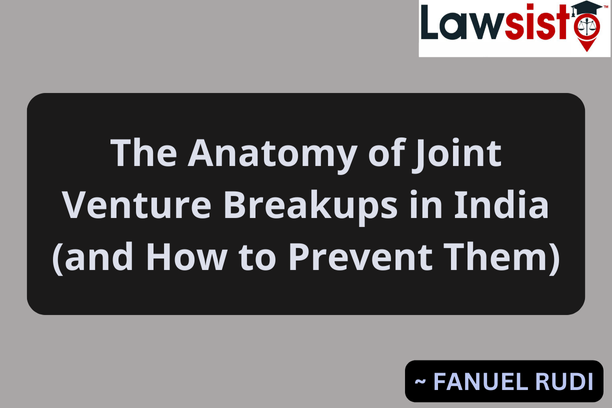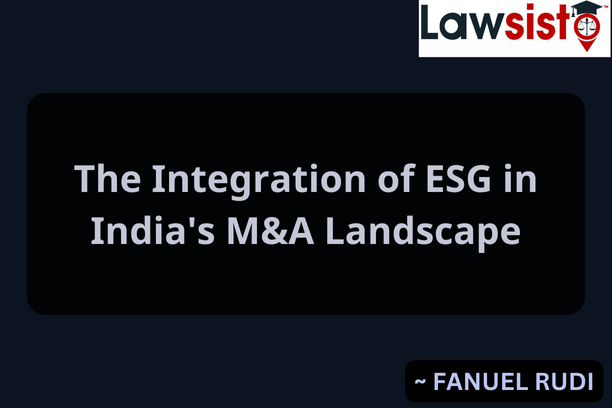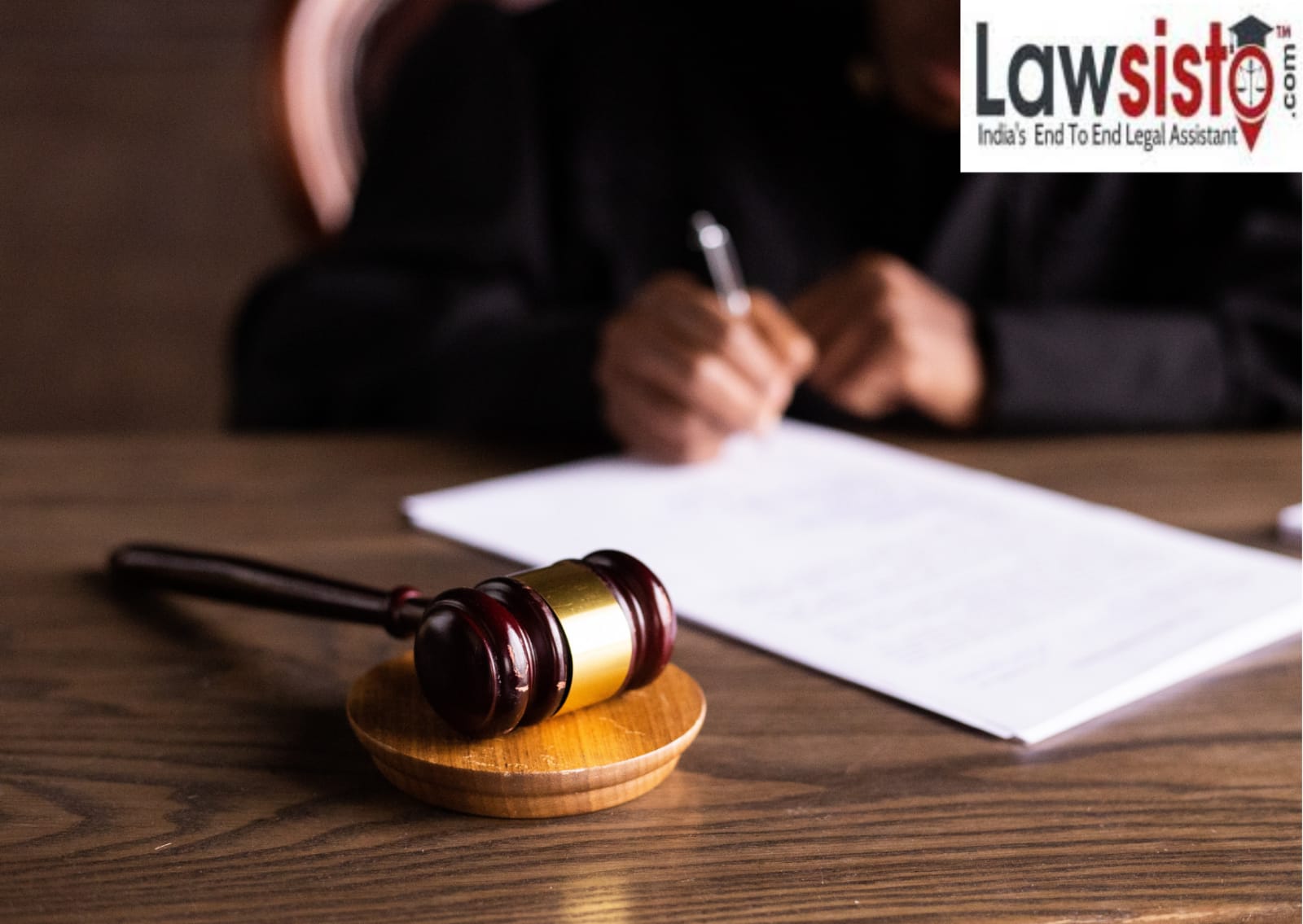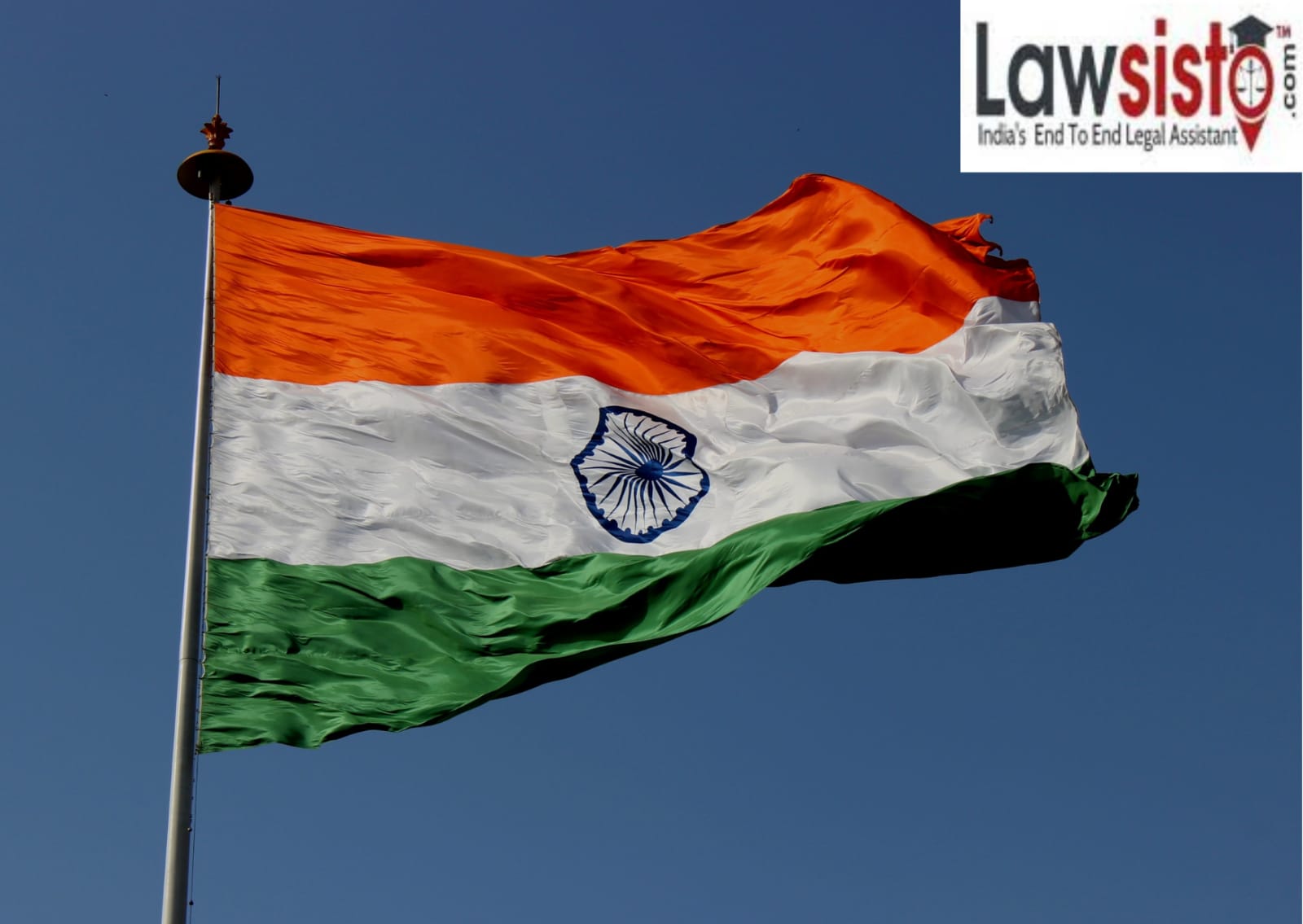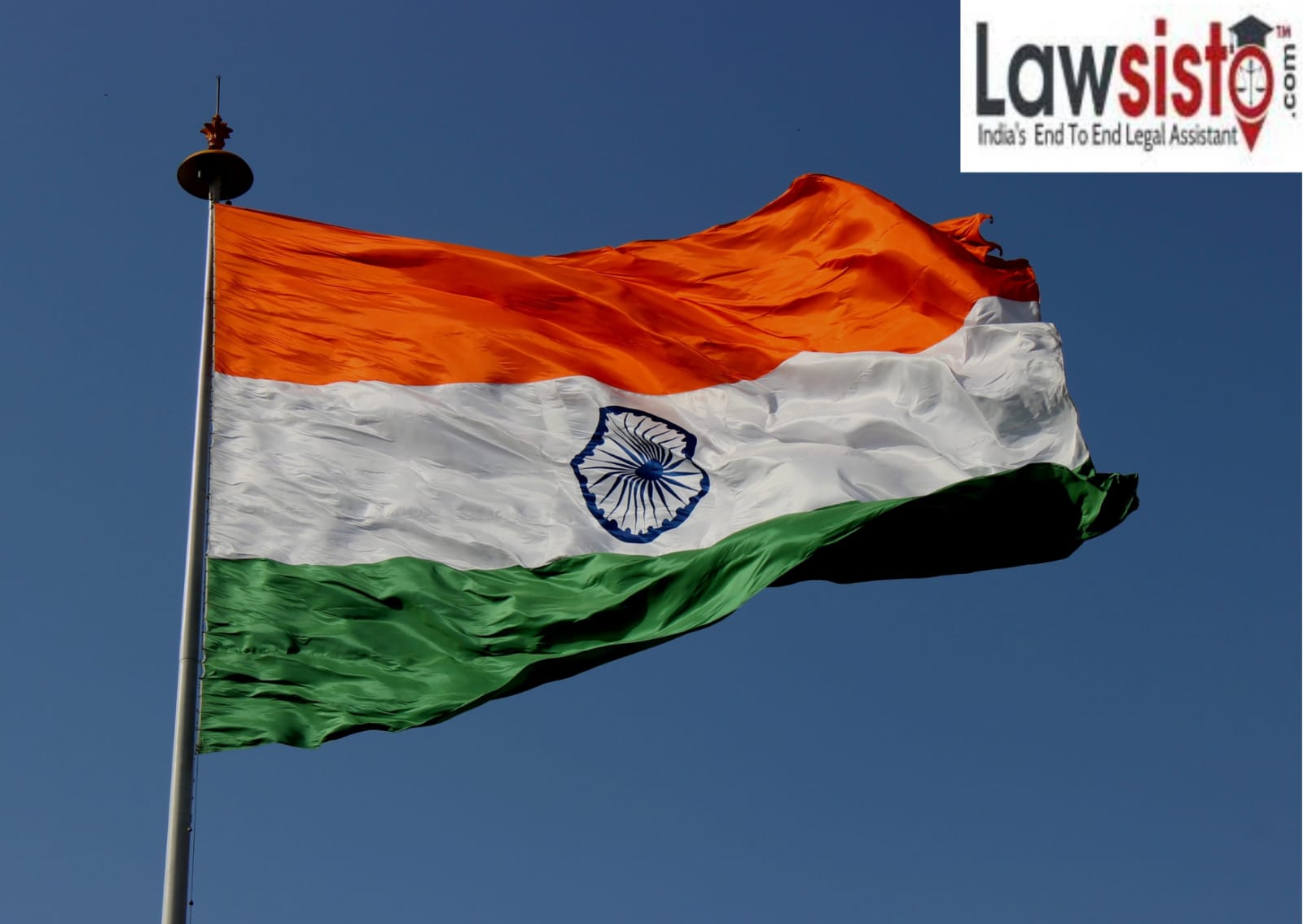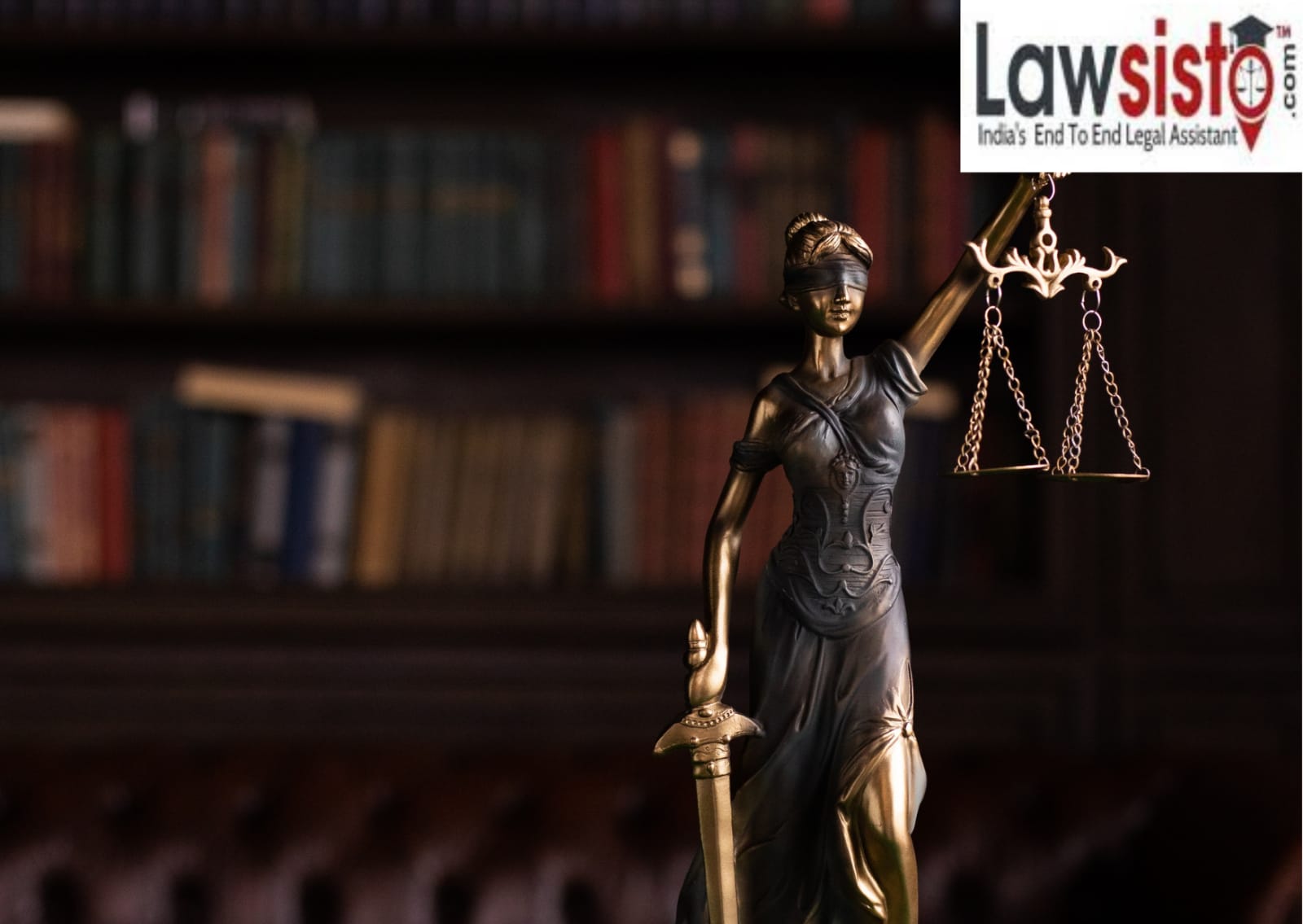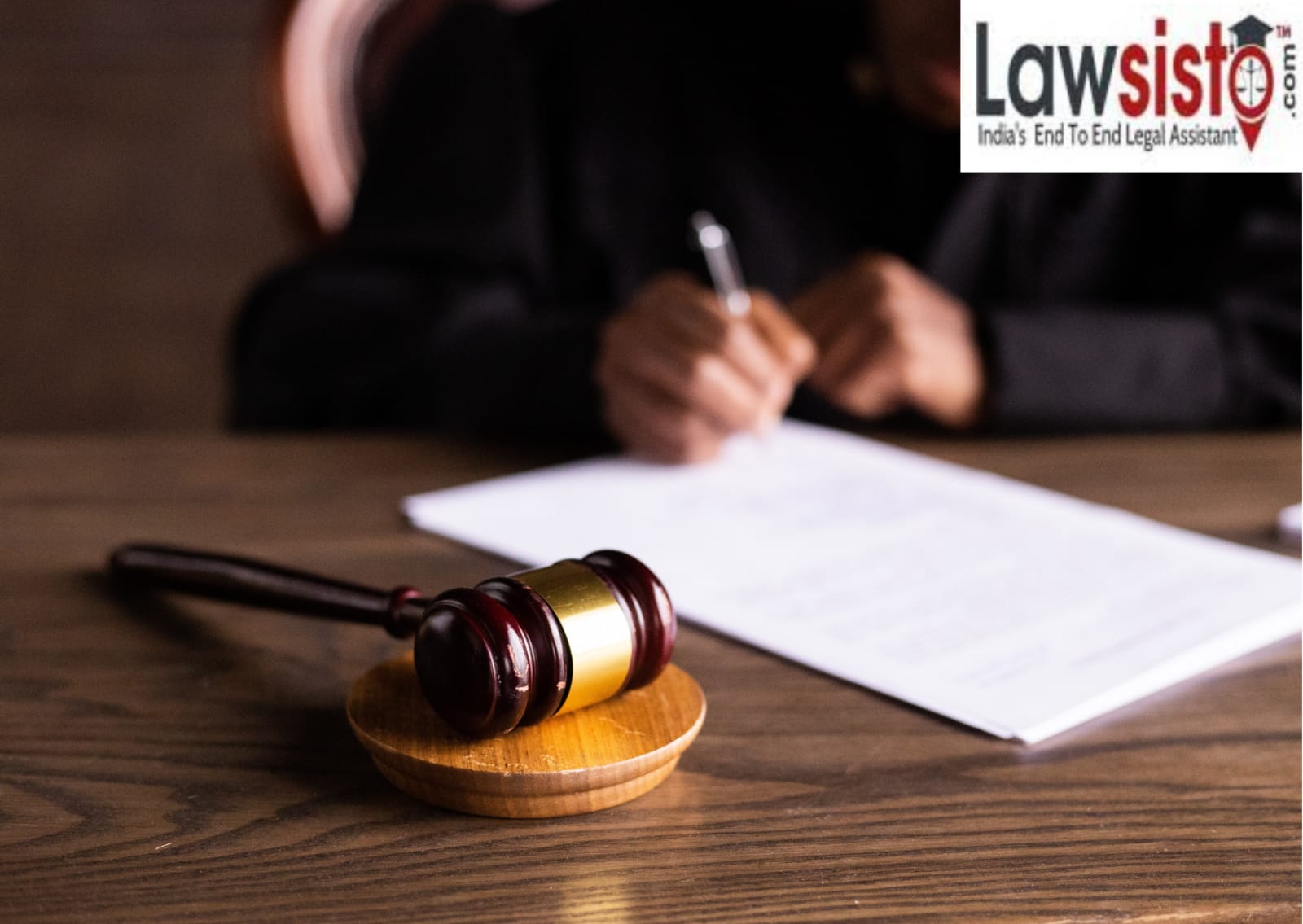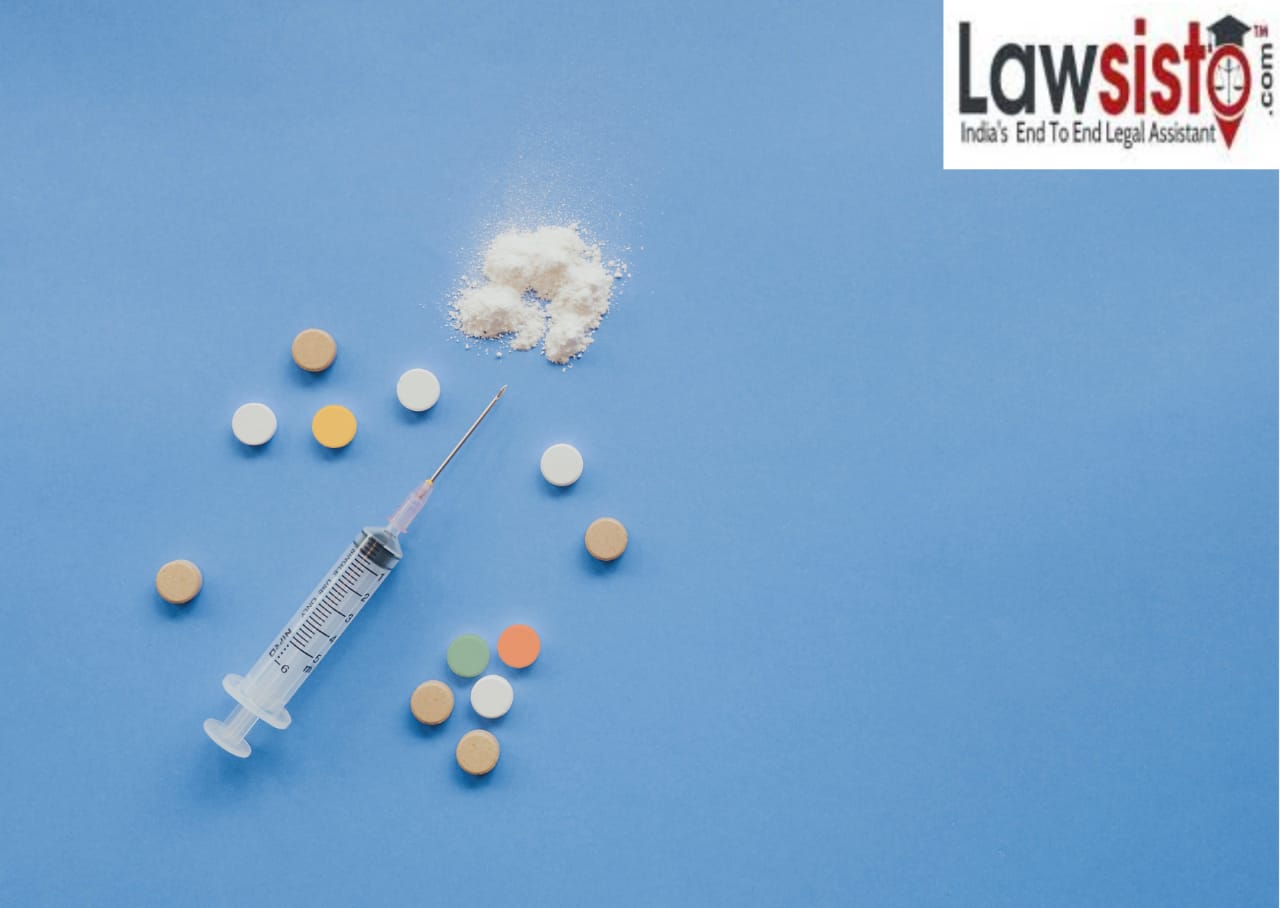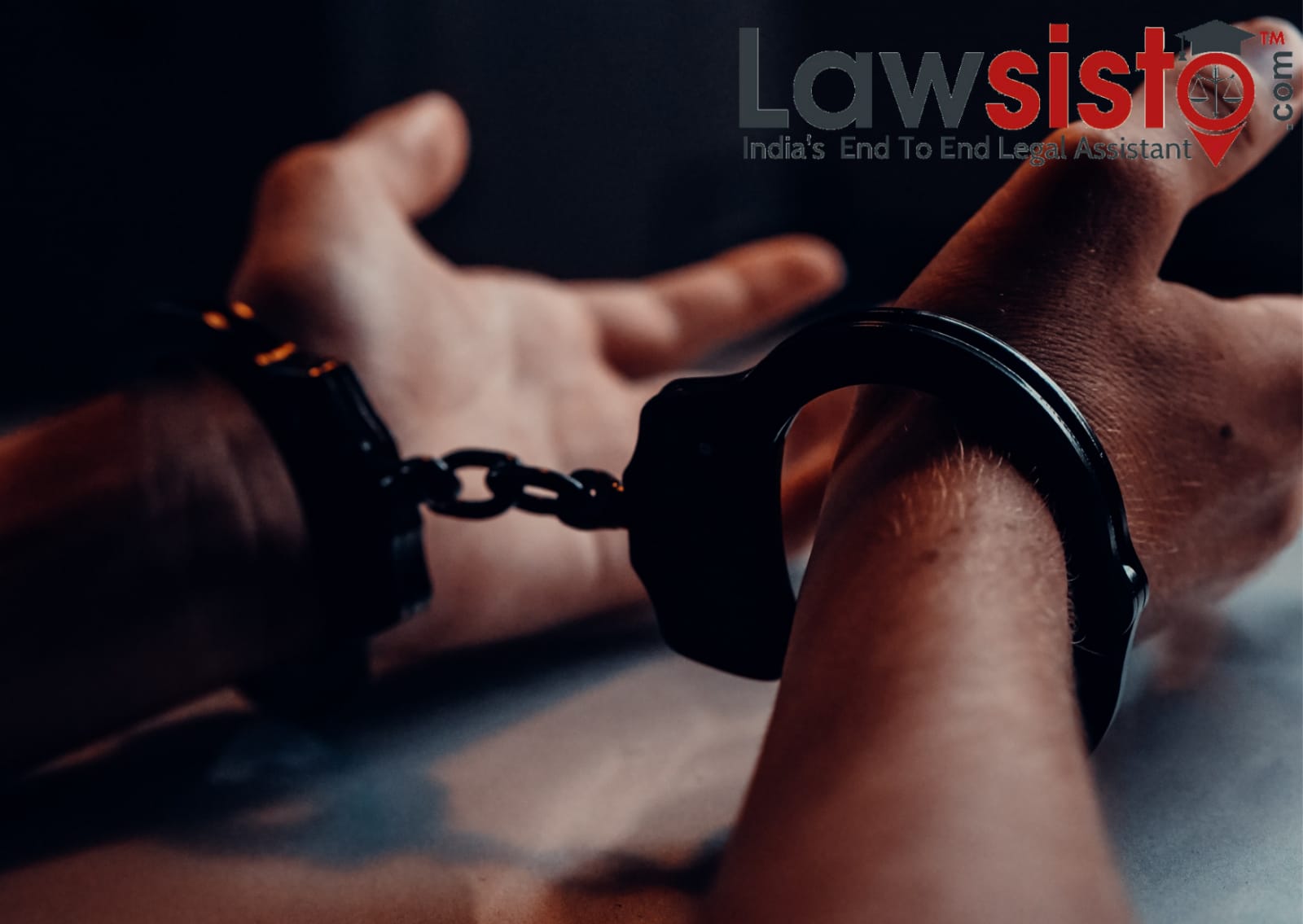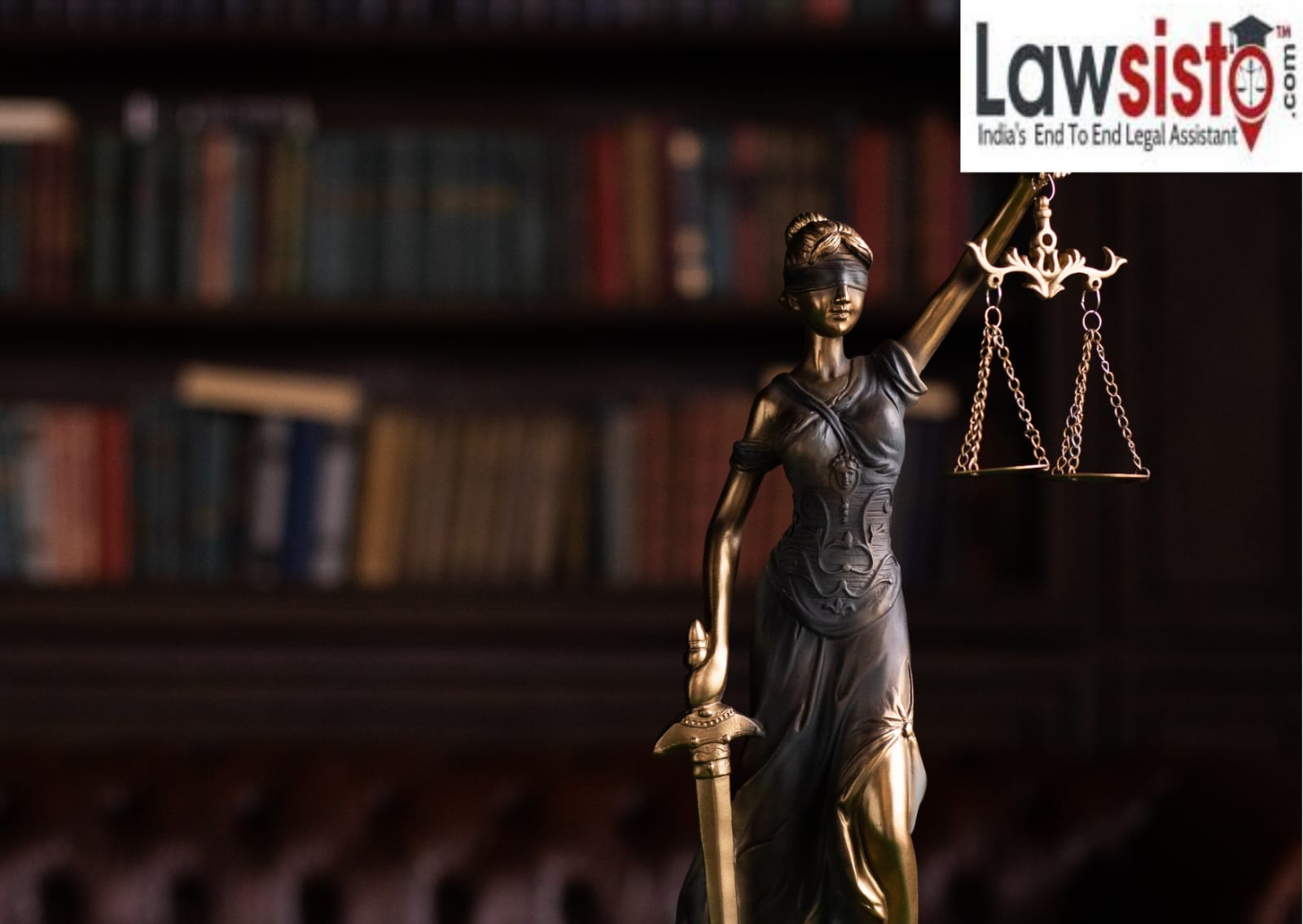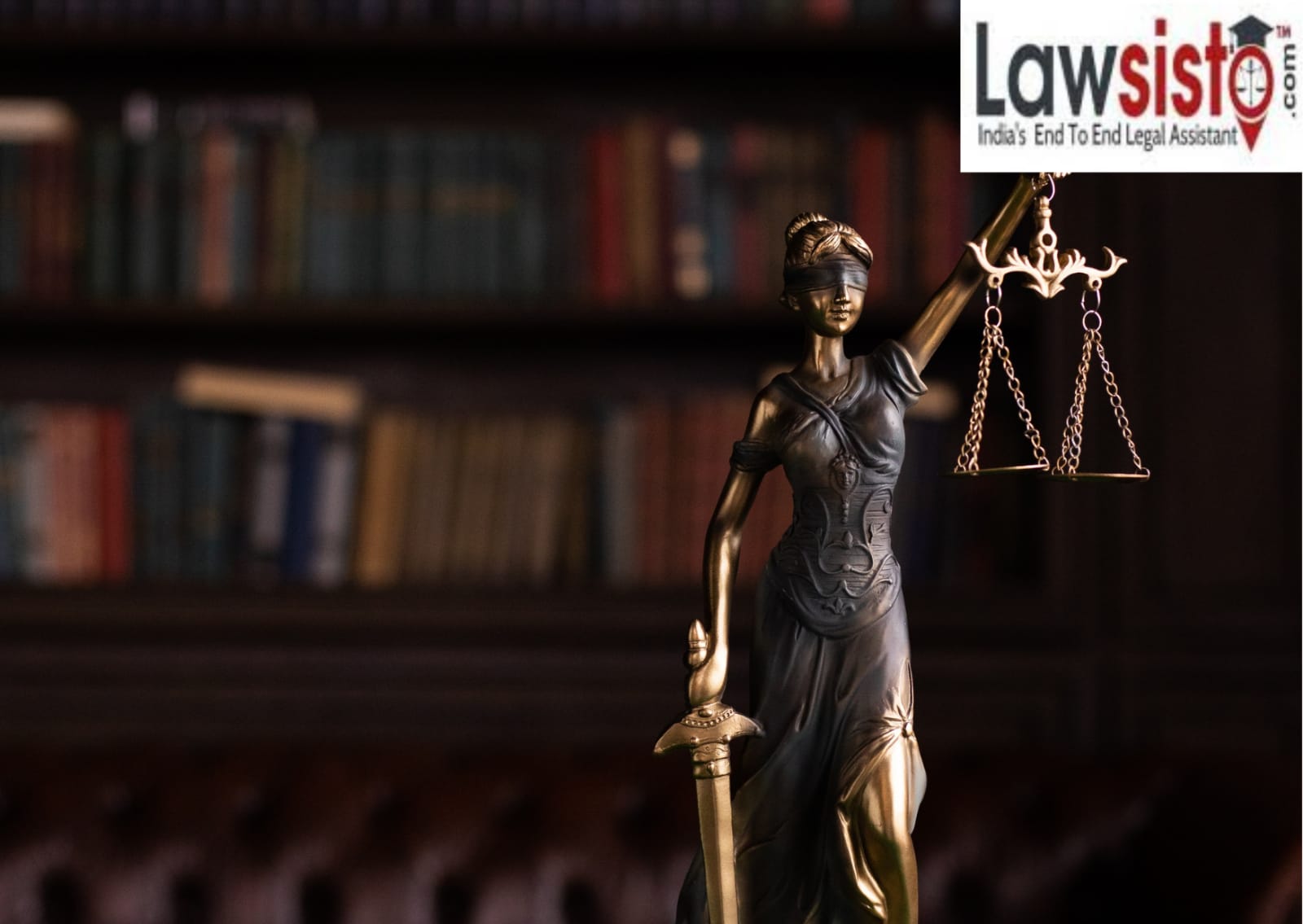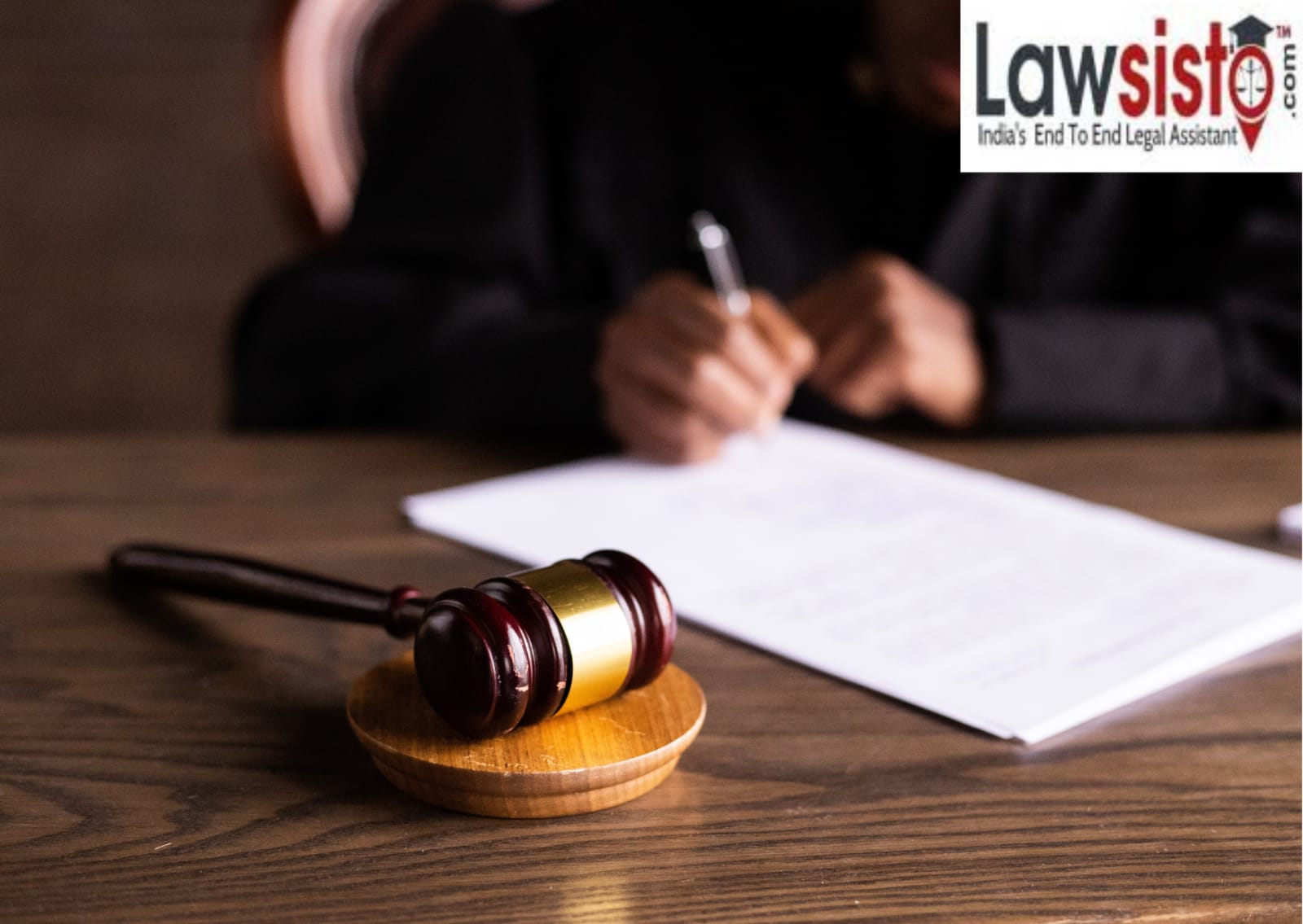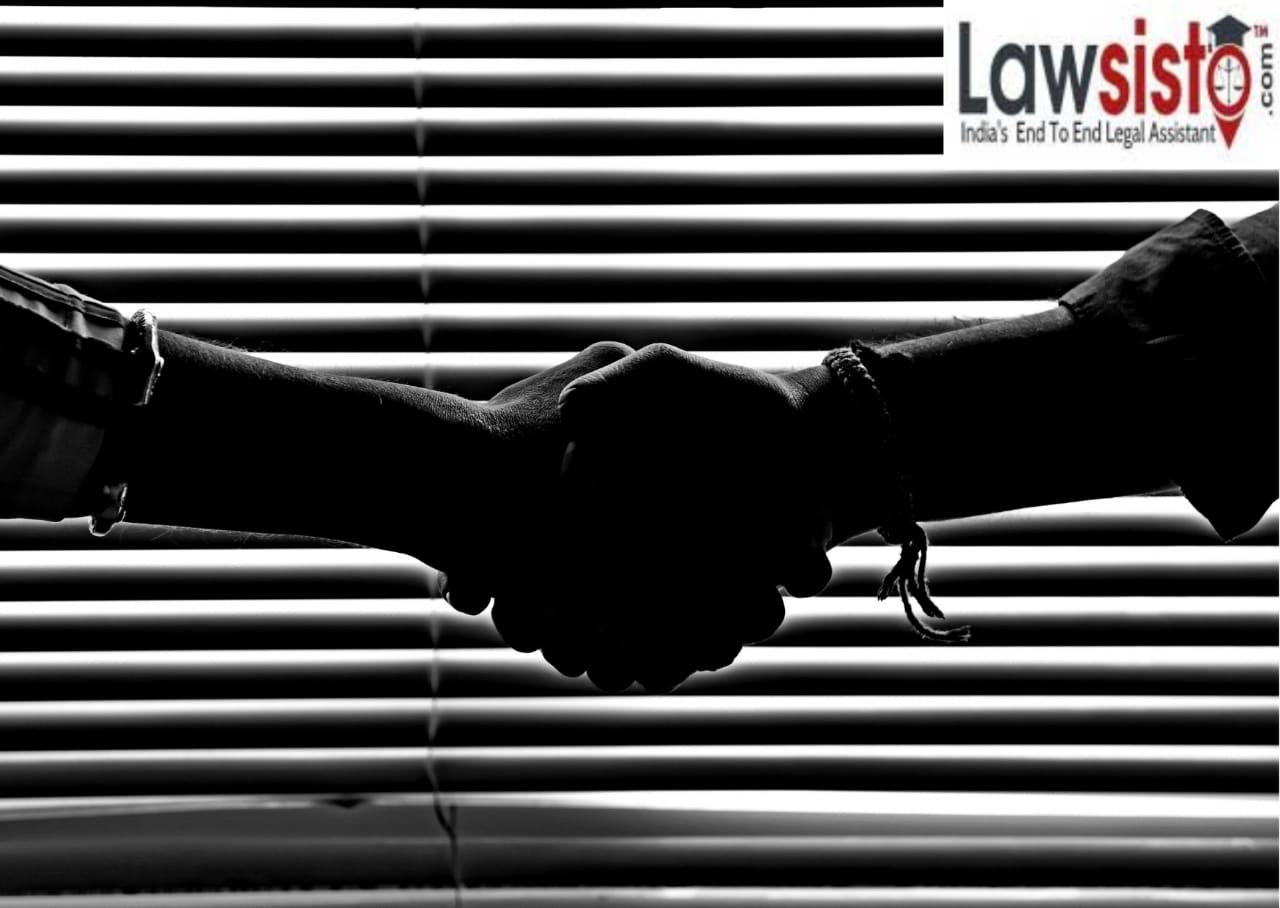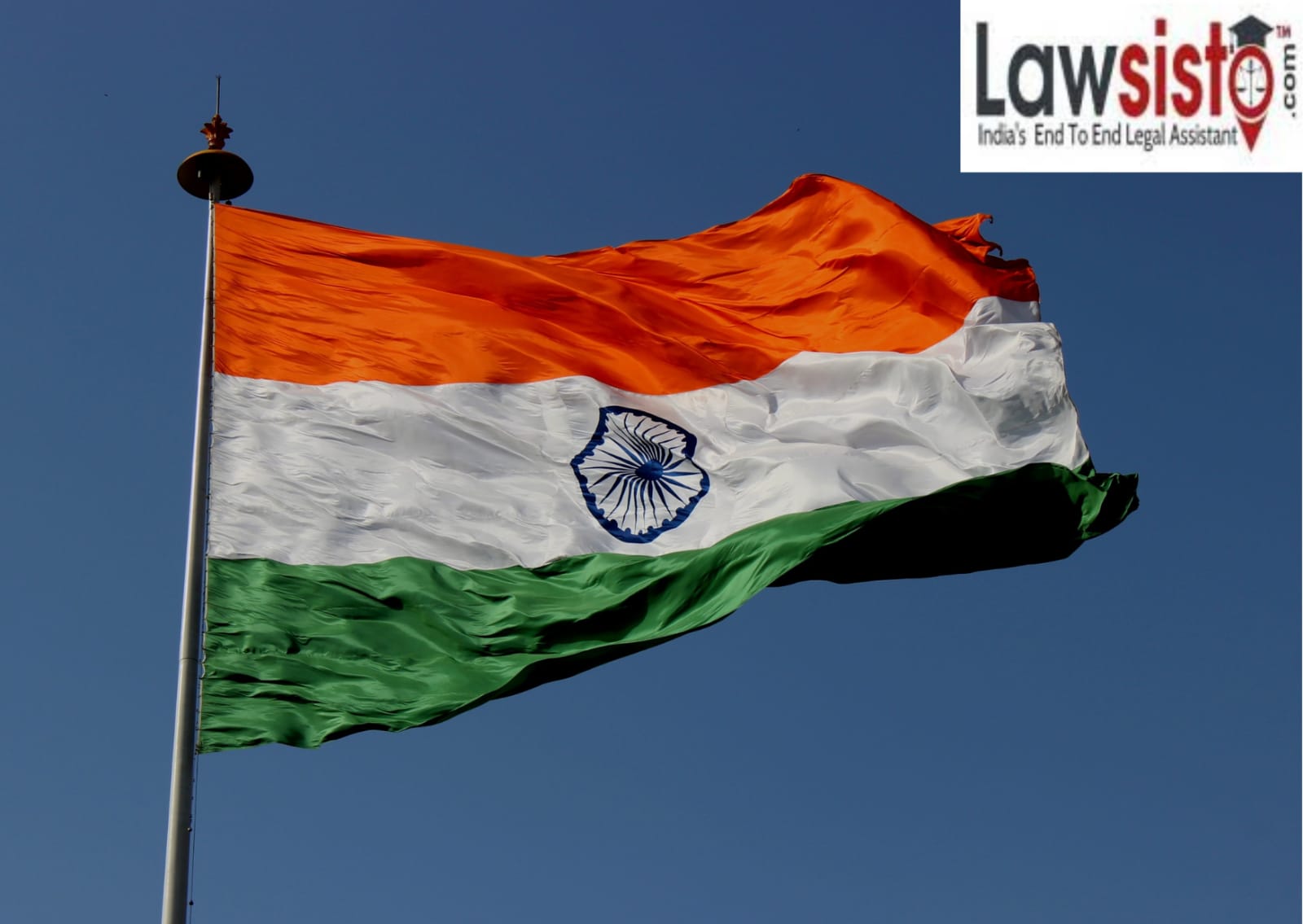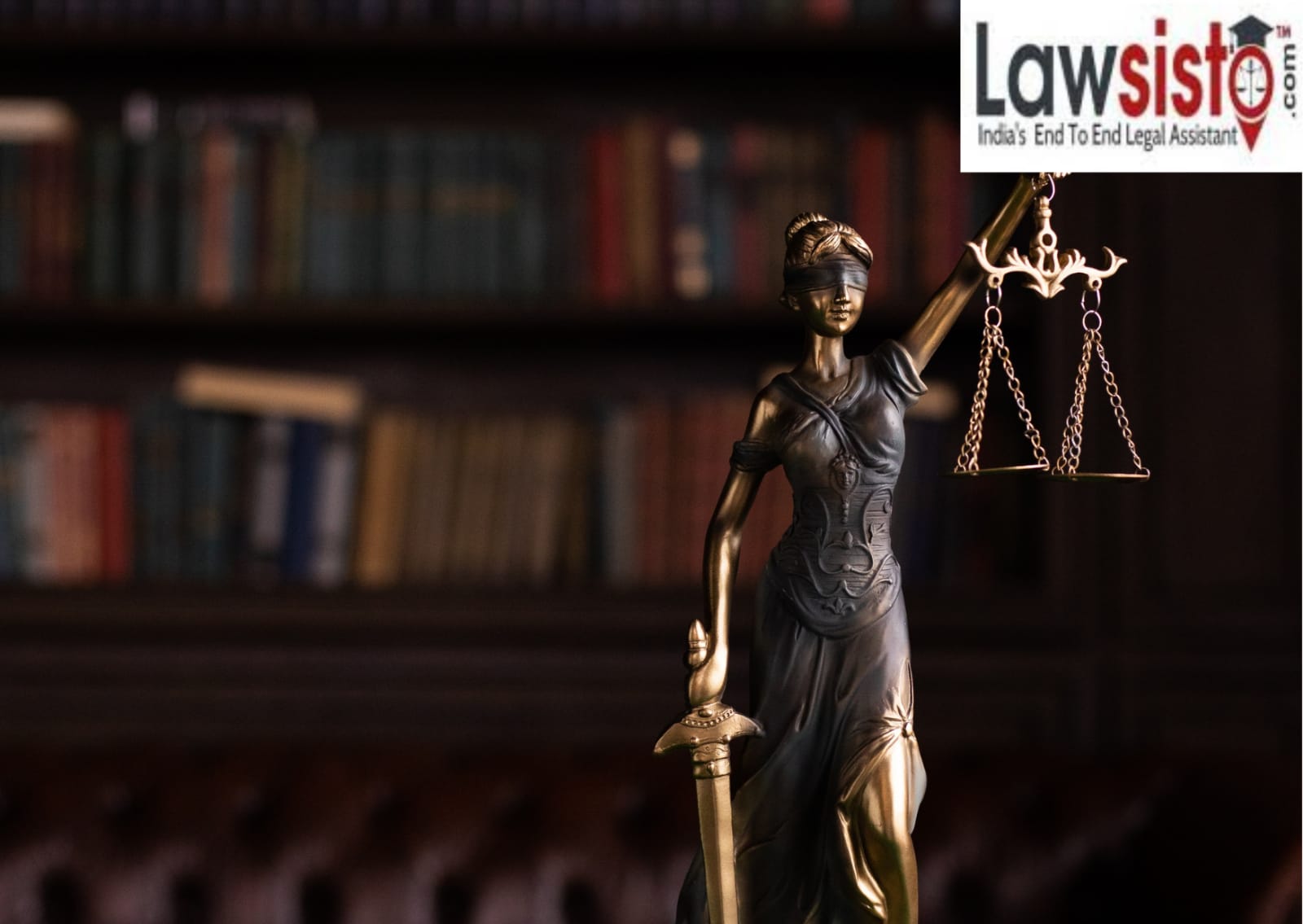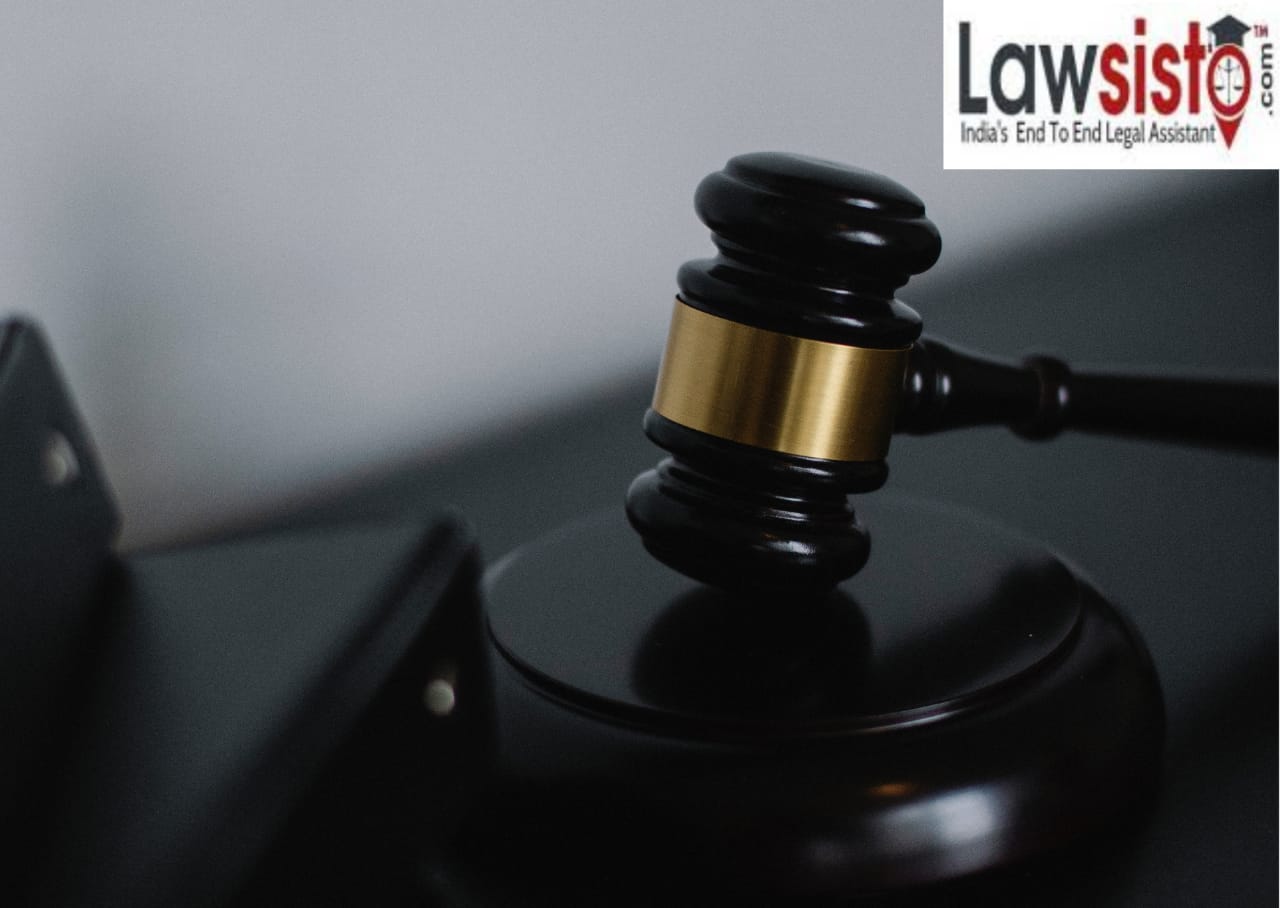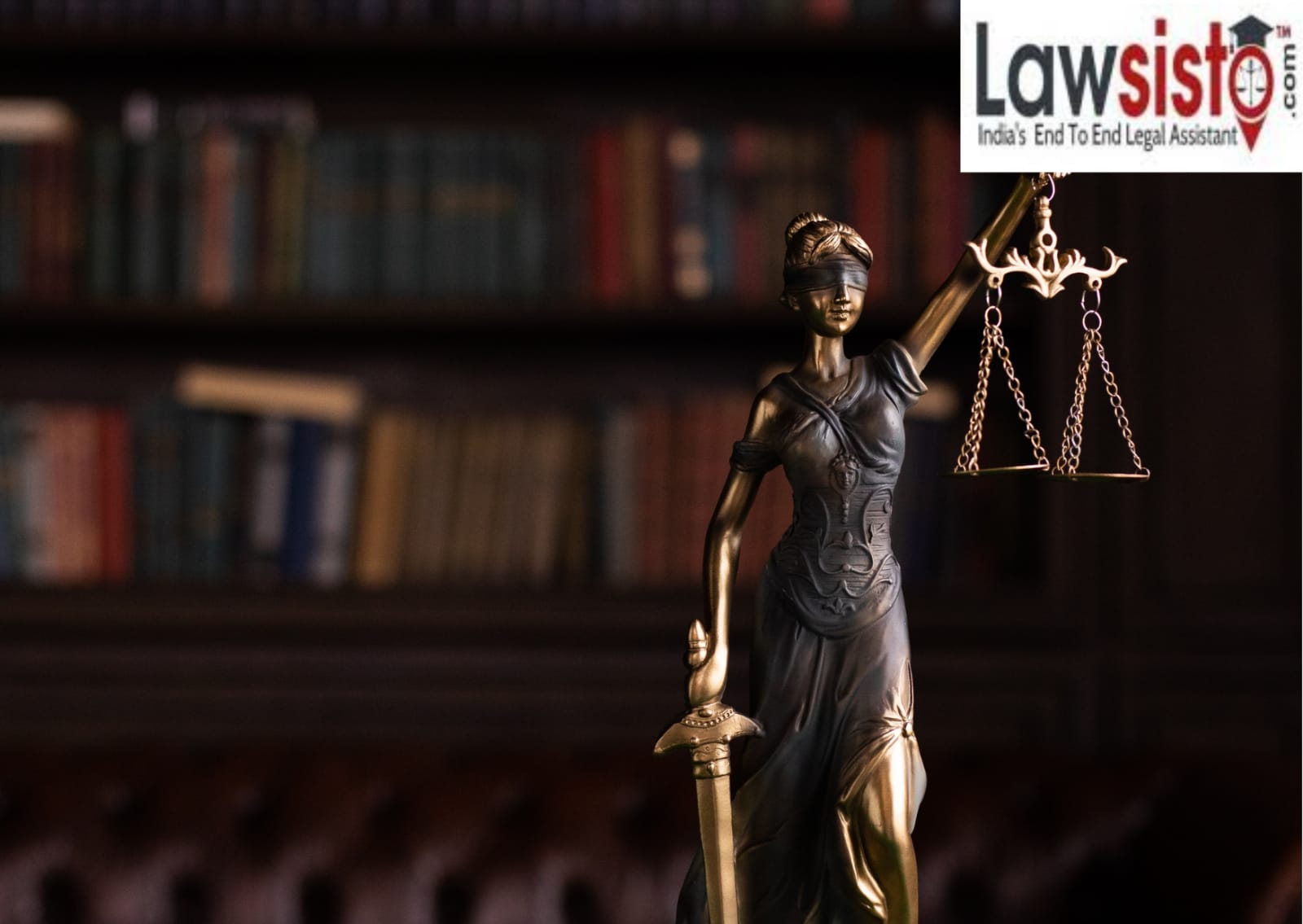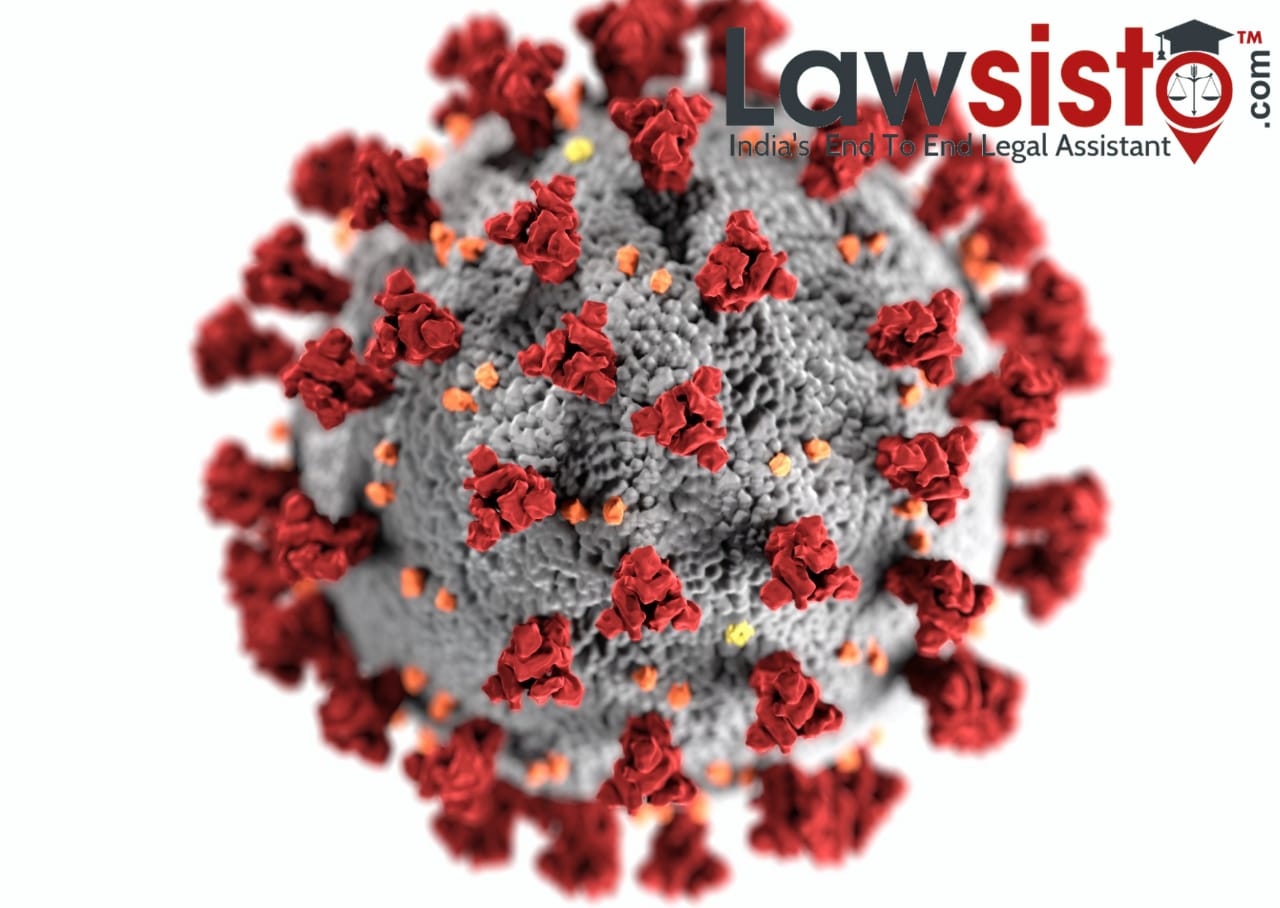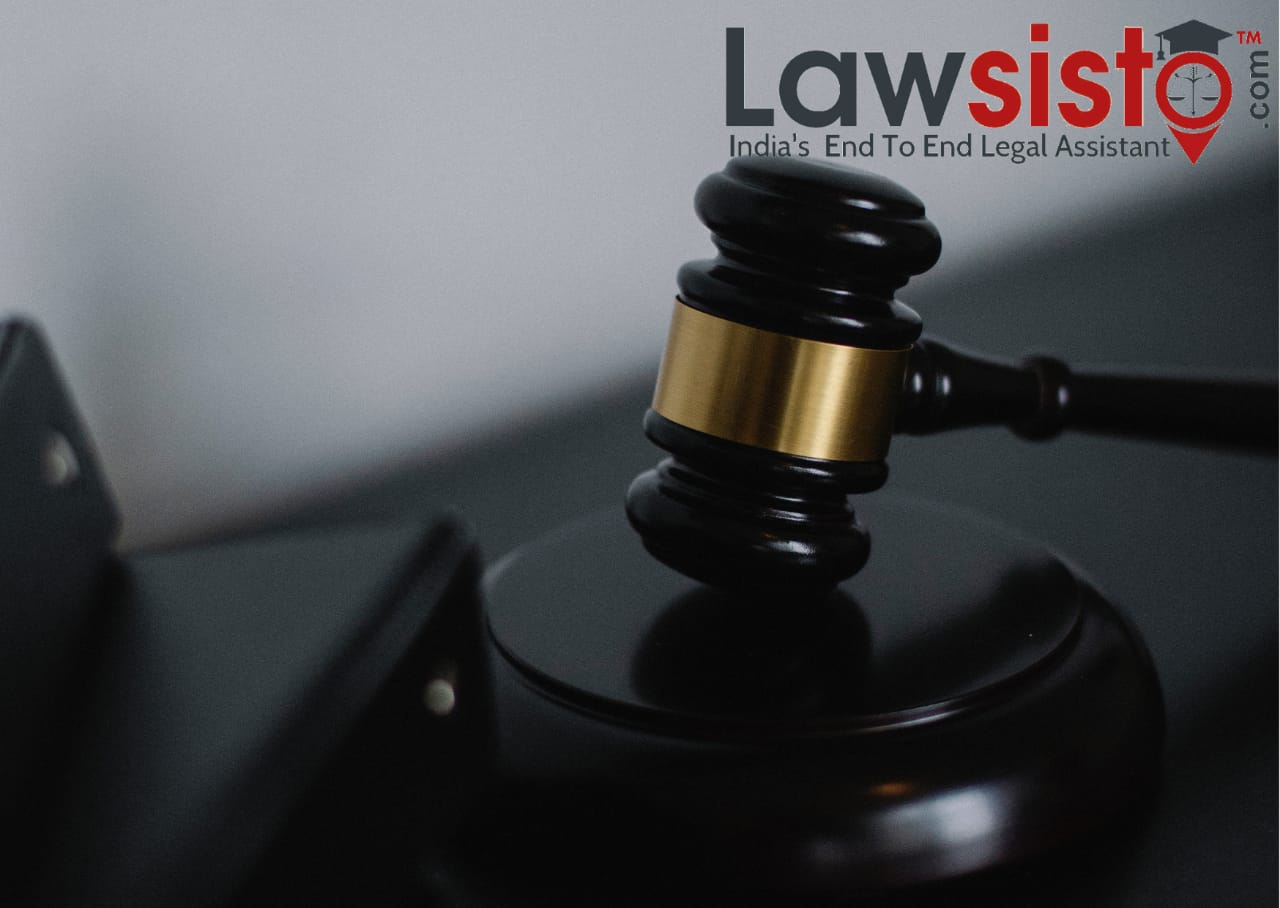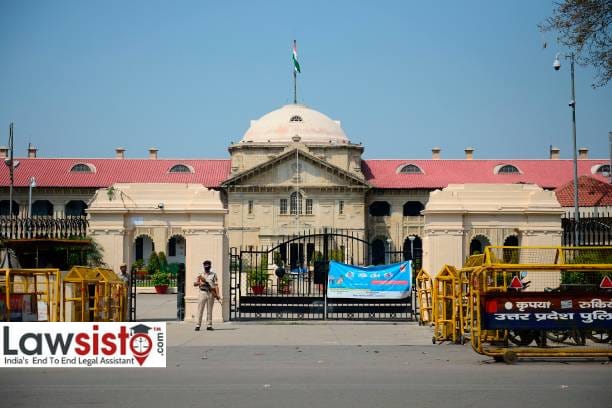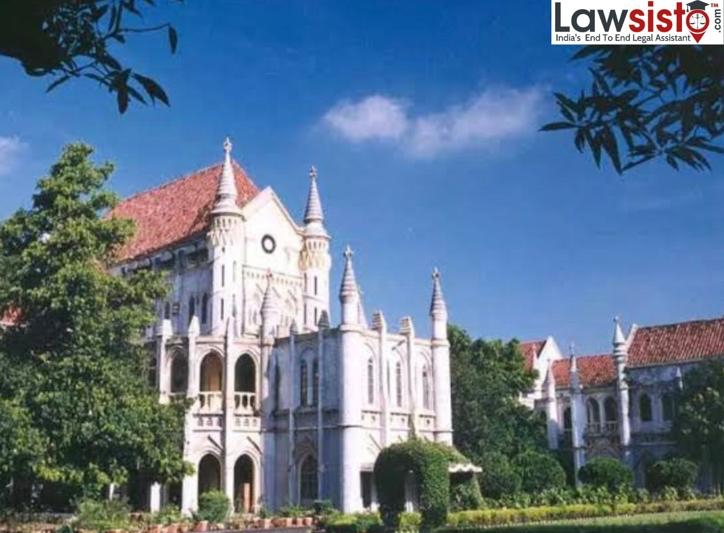Latest News
Combating Manual Scavenging in India: A Call for Systemic Change
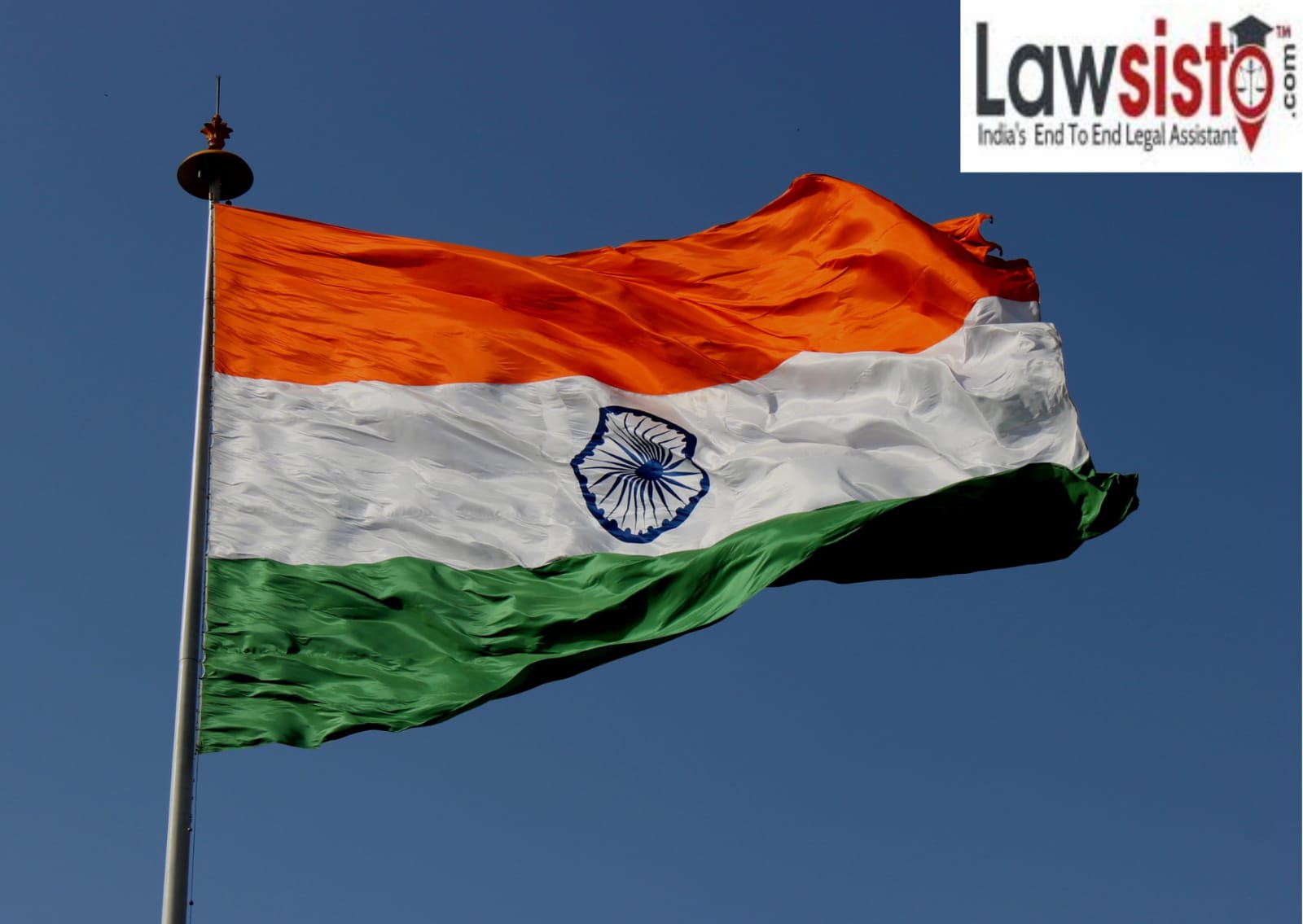
Introduction:
Manual scavenging, a dehumanizing and hazardous practice, continues to persist in India despite legal prohibitions and social awareness campaigns. This practice involves the manual removal of human waste from dry latrines and open drains, often performed by marginalized communities. The grim reality is that manual scavenging poses serious health risks, violates human rights, and perpetuates social inequality. To address this pressing issue, concerted efforts are required at multiple levels, including legislative reforms, technological advancements, and social initiatives. This article aims to explore effective strategies to prevent manual scavenging and pave the way for a more equitable and hygienic society in India.
- Enact Stronger Legislative Measures:
First and foremost, addressing the issue of manual scavenging necessitates stronger legislation and stricter enforcement. Although the Indian government has already enacted laws such as the Employment of Manual Scavengers and Construction of Dry Latrines (Prohibition) Act, 1993, and the Prohibition of Employment as Manual Scavengers and their Rehabilitation Act, 2013, further measures should be taken to ensure compliance and accountability. The government should consider:
a) Strengthening penalties: Increasing the penalties and fines for individuals, municipalities, and organizations involved in manual scavenging will serve as a deterrent and discourage the practice.
b) Effective implementation: Enhancing monitoring mechanisms, increasing inspections, and establishing fast-track courts to expedite cases related to manual scavenging will facilitate prompt justice and accountability.
c) Rehabilitation programs: Allocating sufficient funds and resources for the comprehensive rehabilitation of manual scavengers, including alternative employment opportunities, skill development, and access to education and healthcare, is crucial for breaking the cycle of this practice.
- Promote Technological Interventions:
Advancements in technology can play a pivotal role in eliminating manual scavenging. The following approaches can be explored:
a) Modern sanitation systems: Encouraging the adoption of modern sanitation technologies such as flush toilets, bio-toilets, and sewage treatment plants will reduce the reliance on manual cleaning and improve overall hygiene.
b) Robotic and mechanical cleaning devices: Investing in the development and deployment of robotic and mechanical devices capable of cleaning sewers, septic tanks, and public toilets can significantly minimize the need for manual scavenging.
c) Internet of Things (IoT) solutions: Employing IoT-based monitoring systems to detect blockages, leakages, or overflow in sewer lines can enable timely interventions, preventing the need for manual intervention.
- Raise Awareness and Sensitize Society:
Eliminating manual scavenging requires a shift in societal attitudes and the promotion of inclusivity. To achieve this:
a) Education and awareness campaigns: Launching targeted campaigns to educate communities about the hazards of manual scavenging, the rights of manual scavengers, and the importance of adopting modern sanitation practices can help break stereotypes and prejudices associated with this occupation.
b) Media engagement: Utilizing mainstream media, social media platforms, and popular influencers to highlight the issues surrounding manual scavenging will create a broader discourse and generate public support for its eradication.
c) Sensitization programs: Conducting sensitization programs for government officials, law enforcement agencies, and the general public can foster empathy and understanding, challenging deep-rooted prejudices.
- Encourage Public-Private Partnerships:
Addressing the complexities of manual scavenging requires collaboration between the government, civil society, and private entities:
a) Corporate responsibility: Encouraging private corporations to actively participate in eradicating manual scavenging by providing financial support, sponsoring rehabilitation programs, and promoting alternative livelihood opportunities.
b) Skill development and employment: Collaborating with private entities to provide skill development programs and employment opportunities for manual scavengers can enable their smooth transition into alternative occupations.
c) Sanitation infrastructure: Partnering with private entities to invest in the development of sanitation infrastructure, especially in underserved areas, will help create a more inclusive and hygienic society.
Conclusion:
The eradication of manual scavenging requires a multifaceted approach encompassing legal reforms, technological advancements, awareness campaigns, and collaborative efforts. While progress has been made, the complete elimination of this degrading practice necessitates sustained commitment from all stakeholders, including the government, civil society, and the private sector. By creating an environment that values dignity, equality, and access to modern sanitation, India can ensure a society free from the scourge of manual scavenging, promoting social justice and human rights for all.


